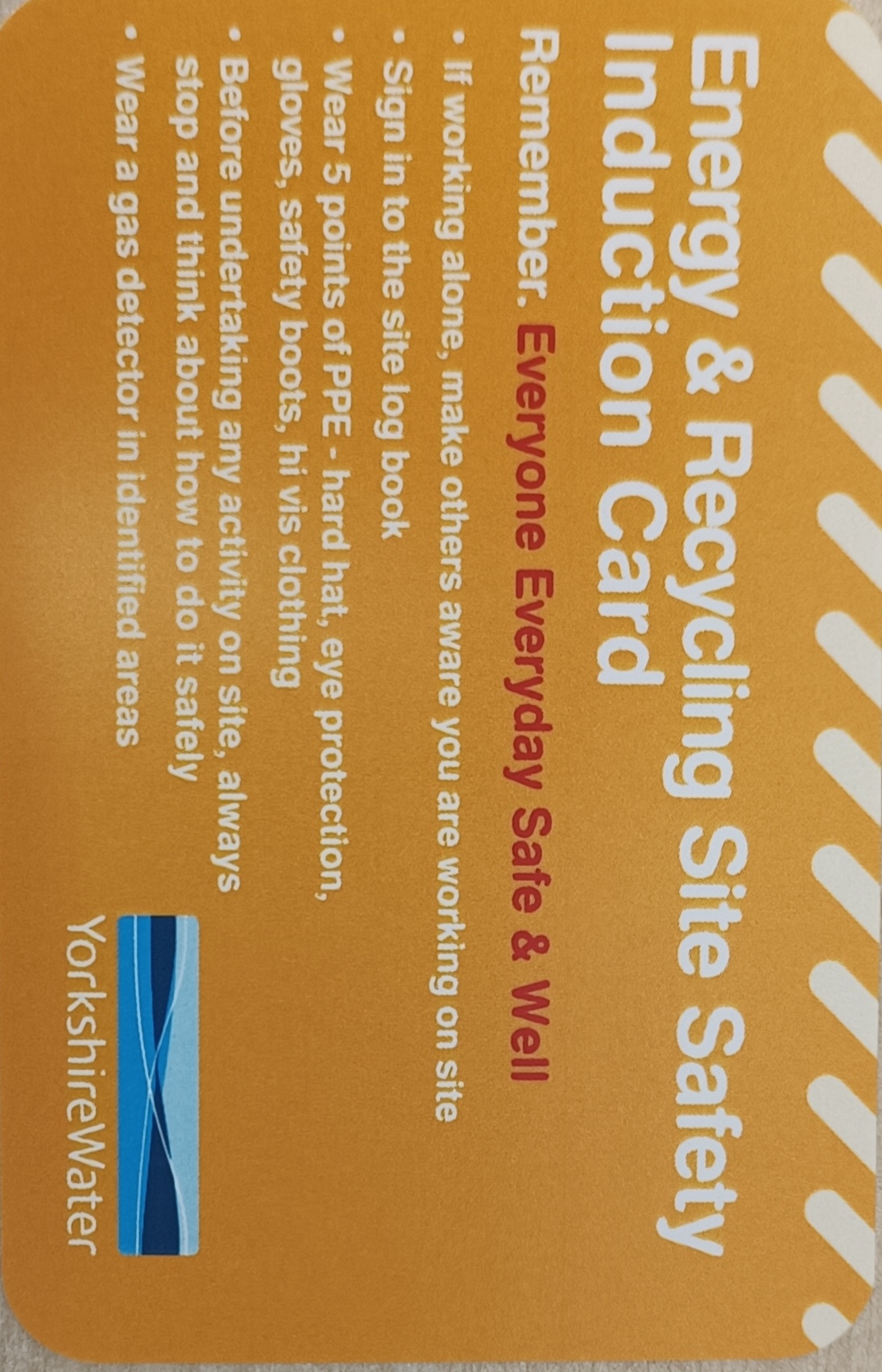Title Page
-
Sub Contractor Company Name
-
Site conducted
-
Location
-
* Suttons Auditor Name
-
Suttons Auditor Job Title
-
Conducted on
-
Sub Contractor Project manager / Site Supervisor
-
Name of Operatives onsite
-
RA/SOP Document Ref number
-
The BSA is designed to check that Safe Operating Procedures (SOPs) are being followed correctly and to identify unsafe behaviours in the operation. To carry out a BSA properly the task should be observed and cross- referenced to the SOP
-
Where the SOP is not followed, talk through with the Subcontractor team to why this is the case and enter the reason in the relevant comments box. Reasons might include – No SOP. SOP is wrong or obsolete. Incorrect Equipment. Method used is quicker or easier. . Customer wants the task to be carried out this way. Subcontractor departed from SOP for own convenience.
-
The auditor should also discuss and record any unsafe actions observed by any participants during the audit, where issues are identified, note the reason for non-conformance, and any advice given action to be taken in the comments box
-
Whilst some of the answers could be just Yes or No, many will prompt the addition of further notes or an Action. Notes or actions can also be added to any answer irrespective of whether it is prompted.
Safe Operating Procedure
-
Is there an RA/SOP for the task?
-
Is the RA/SOP relevant to the task in hand
-
📍 If there is not an RA/SOP present with the subcontractors team, Work will cease immediately. contact Sub contractor management to gain the correct documentation 📍
-
Have all of the working team read, understooD and signed the SOP / RA
-
📍 All staff MUST have read and understood the RA/SOP prior to any work commencing 📍
-
Have all staff undertaken a YW safety induction and been issued an orange YW safety pass
-
📍 All staff must have undertaken a Yorkshire water safety induction https://youtu.be/JKdlqfAGk5M and been issued a Orange safety card that has been signed by a Competant YW inductor, This card MUST be with the team onsite 📍
-
Do all of the team onsite understand the NEW Yorkshire Water Site Safety Rules
-
Yorkshire Water have commissioned the new attached 5 Life Saving Rules - All staff onsite MUST be aware of these rules
-
Have all of the tasks risks been taken into account
-
Is there a Permit required to undertake the task
-
Permit Number reference
-
Have all Isolations been completed and recorded on the PTW
-
Have the team Checked all of the isolations with the client to fully understand what has been isolated.
-
📍Safe isolation is a procedure carried out to ensure that electrical circuits , Tank inlets , mechanical equipment are safe before any work on them is undertaken. This vital procedure is put in place to ensure that anyone working on or near live electrical systems isn't exposed to danger that could cause injury or death. All isolations MUST be recorded on the PTW and checked prior to work commencing.📍
-
Is the working area managed safely
-
Can the team suggest any improvements to the current SOP / RA
-
Teams Comments if YES :-
-
📍Ask if there a safer way to perform the task? Should more people to carry out the task to prevent injury? Are other tools required that are not available?📍
TRAINING
-
Are all staff training records for the task in hand available - ( Confined Space | WJA | Face Fit | Excavator / Plant | Vehicle operations etc )
-
If the a member of the team does not have the relevant training the project will STOP until evidence has been supplied
-
📍Confirm all Staff onsite have the correct training for the task in hand, request training certification. 📍
-
Is there a fully trained First Aider onsite and check the relevant training certification
-
Can the subcontractor supply a emergency first aid procedure
3. EQUIPMENT
-
Is all Plant and Equipment In good working order.
-
Is the Equipment / Plant usitable for the task in hand
-
Have all Pre job checks completed on the equipment and plant
-
Have all equipment been serviced and have suitable in date inspection Tags / evidence / certification
-
Is lifting equipment required
-
If Yes Check all LOLER certification and record ref numbers
-
If NO Work will STOP until certification / servive records have been supplied
-
LOLER (the Lifting Operations and Lifting Equipment Regulations) apply to any lifting equipment used at work - including employees' own lifting equipment - for lifting or lowering loads, including attachments used for anchoring, fixing or supporting it. Refer to https://www.hse.gov.uk/work-equipment-machinery/loler.htm for more information.
Mental Risk Assessments / Working area
-
During the Audit, the auditor should be obtaining information and asking questions such as, whilst carrying out the mental risk assessment prior to the start of the task, what was the Team looking out for?
-
Did the onsite team carry out a mental Risk Assessment prior to the start of the task?
-
Are hazards of vehicle movements and slip, trip, fall adequately controlled?
-
Comments
-
if vehicle movements and slip, trip, fall are adequately controlled, how they are controlled? What controls has the technician put in place? Ask if there is more that can be done; suggest raising a near miss to improve.
-
Are work at height, confined space & manual handling adequately controlled?
-
During the Audit, the auditor should be obtaining information and asking questions such as How they are controlled? Again, this will give understanding the operative is thinking about how these hazards are controlled.
-
Are chemical hazards required or present within the area
-
If Yes How are is the chemicals being controlled are COSHH Assessments / SDS available
-
Has the subcontractor got suitable spill equipment onsite and spill procedure.
-
📍Ensure that all of the working team onsite are aware of the Spill procedure and location of the spill equipment📍
-
Ask them to look around the Site/work environment they are working, highlight anything you see as a problem they could have done better or praise the things they did well.
PPE
-
Personal Protective Equipment (PPE) is essentially a range items you can wear that will protect you against various hazardous conditions. PPE is important because it prepares you for health and safety risks and gives you extra protection in the event of an accident or against the elements
-
Is the PPE supplied suitable for the task in hand
-
Has the Team inspected the PPE prior to use and has been deemed Fit for Purpose
-
Does the PPE supplied by the subcontractor coincide with the RA / SOP
Confined Space emergency equipment
-
Is there suitable Rescue equipment onsite
-
Has the team been suitably trained in the use of the safety equipmentr
-
Does the team have a Rescue Plan in place
-
Is all retrieval equipment in date and in good working order
-
Has the team been issued with Suitable Atmospheric Air quality monitors Which measure - Quad-gas sensor configuration of : LEL, O2, CO, H2S
-
Is there any other hazards that do not appear to be adequately controlled
-
Auditor Signature
-
Site Supervisor Signature










